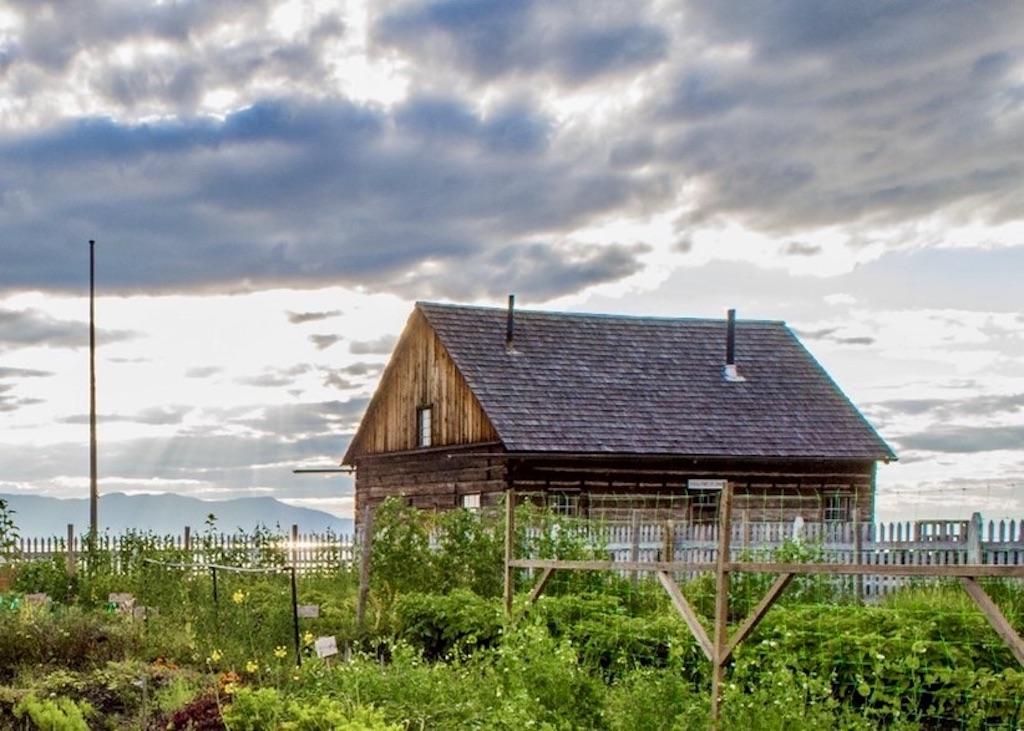
Two goats frolic at Fort St. James National Historic Site in British Columbia/Parks Canada
The Fort St. James National Historic Site in Northern British Columbia is conducting a public survey while it drafts its next management plan.
The plan will lay out the future direction including the vision, key strategies and objectives to achieve over the next decade. A draft was developed with input from Indigenous partners, members of the public and stakeholder organizations during the first phase of consultations in 2022.
Now the second phase of Indigenous, public and stakeholder consultation is underway to share the draft and collect input to refine it.
The plan outlines key strategies to achieve its vision:
• Honoring Indigenous connections and culture.
• Protecting and presenting cultural heritage.
• Welcoming visitors.
• Site resilience.
People can share feedback by Sept. 30 by filling out an online survey, visiting the site for Caledonia Days on Aug. 26 to share thoughts in person, or be emailing comments or questions to [email protected].

Fort St. James boasts wooden buildings restored to the fur trade era/Parks Canada
Located 100 miles northwest of Prince George, Fort St. James sits on the southern shores of Stuart Lake, between the Nak’azdli First Nations Reserve and the business district of Fort St. James municipality.
It boasts Canada’s largest collection of wooden buildings faithfully restored to the fur trade era and 1896 when wealth was measured in fur pelts and salmon. Meet and talk to site interpretive staff in period costume. Take a self-guided audio tour, dine at the Home Stretch Diner and don't miss the chicken races.
The seasonal site closes Sept. 4.
Fort St. James was designated a national historic site on May 17, 1948. It commemorates the role of the present post and its predecessors on Stuart Lake (1806-1952) in the fur trade of the Pacific Slope, as an important centre of trade and cooperation with the First Nations of the Pacific Slope, as the primary trading post in north-central British Columbia and the administrative centre of the District of New Caledonia, as an important link in transportation and communications in northern British Columbia.


